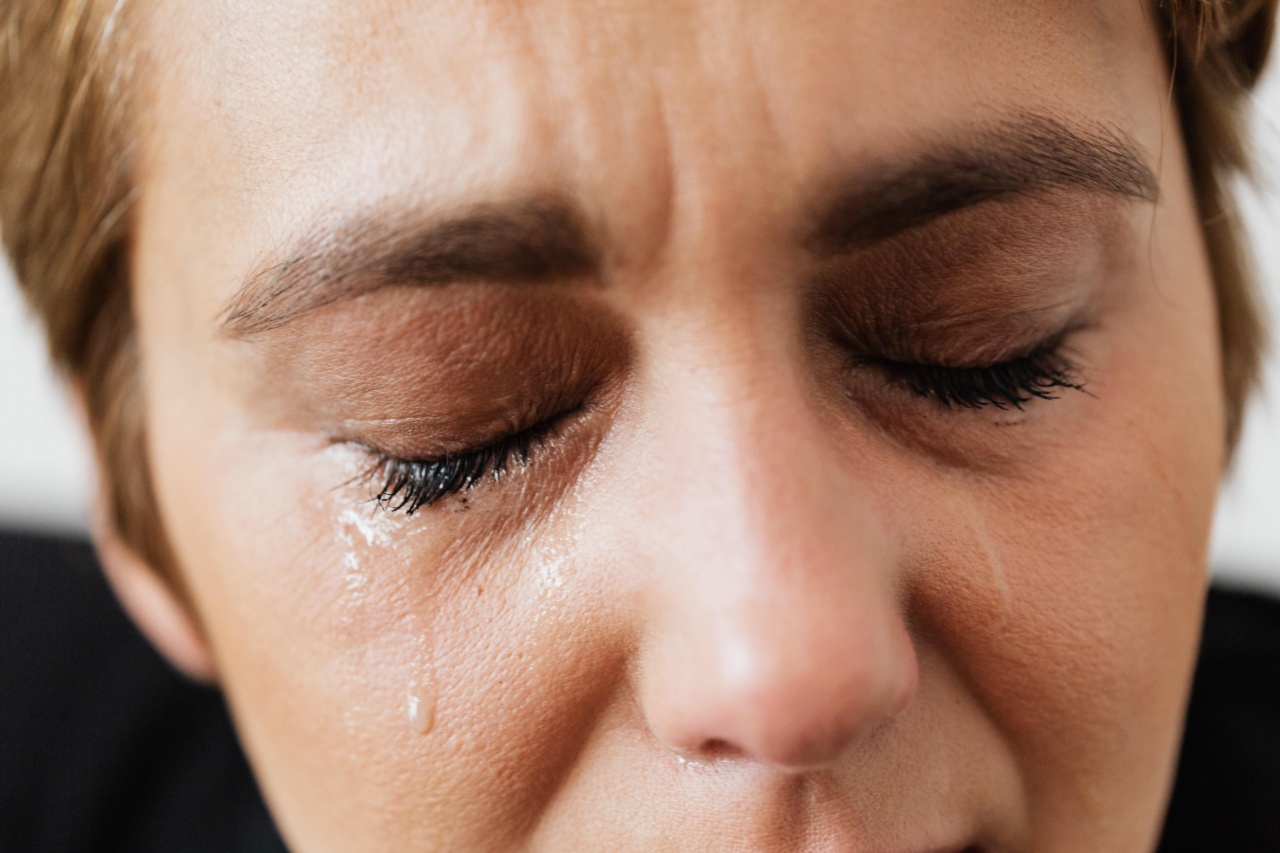Poverty is a major global issue affecting millions of individuals around the world. It not only impacts various aspects of life such as food, housing, and education, but also has serious consequences for oral health.
Lack of access to affordable and adequate dental care, inadequate oral hygiene practices, and limited knowledge about oral health contribute to the oral health disparities observed among individuals living in poverty. In this article, we will explore the relationship between poverty and oral health, the challenges faced, and the efforts being made to address this critical issue.
The Impact of Poverty on Oral Health
The association between poverty and poor oral health is widely recognized. Poverty limits individuals’ ability to access dental care and preventive services, resulting in untreated dental problems and a higher prevalence of oral diseases.
Poor nutrition due to food insecurity further exacerbates oral health issues, as a lack of essential nutrients weakens the immune system and increases susceptibility to dental diseases.
Barriers to Oral Healthcare for the Poor
Access to affordable dental care is a significant challenge for individuals living in poverty. Dental services are often expensive, and many people cannot afford regular dental visits or necessary treatments.
Limited availability of dental facilities and a lack of oral healthcare professionals in underserved areas further worsen the situation. Moreover, transportation issues and long waiting times for appointments prevent many individuals from seeking dental care.
Oral Hygiene Practices and Education
Inadequate oral hygiene practices also contribute to the poor oral health outcomes among individuals living in poverty.
Lack of knowledge about proper oral hygiene techniques, limited access to oral hygiene products, and a higher prevalence of behavioral risk factors such as smoking and excessive sugar consumption further compound the problem. Education about oral health and hygiene practices can help empower individuals to take better care of their oral health, preventing the development of dental diseases.
Public Health Initiatives
Recognizing the gravity of this issue, numerous public health initiatives have been implemented worldwide to address oral health disparities related to poverty.
These initiatives focus on increasing access to dental care for underserved populations, promoting oral health education and preventive measures, and advocating for policy changes to improve oral health outcomes. Community dental programs, free or low-cost dental clinics, and mobile dental units are some of the initiatives aimed at providing dental care to those who cannot afford it.
These programs help bridge the gap in oral healthcare and ensure that individuals living in poverty have access to essential dental services.
Collaborations and Partnerships
Addressing the oral health needs of individuals living in poverty requires a collaborative approach involving various stakeholders.
Governments, NGOs, dental associations, and international organizations are working together to develop and implement programs that improve access to dental care and oral health education. Partnerships between public and private sectors have also been formed to make dental services more affordable and accessible to vulnerable populations.
Advocacy and Policy Changes
Advocacy plays a crucial role in bringing attention to the oral health disparities associated with poverty.
Various organizations and individuals are actively advocating for policy changes to prioritize oral healthcare as an essential component of overall healthcare. These efforts are aimed at increasing funding for oral health programs, improving insurance coverage for dental procedures, and integrating oral health into primary healthcare systems.
By raising awareness and influencing policy decisions, advocates are working towards reducing oral health inequalities linked to poverty.
The Way Forward
To address the oral health challenges faced by impoverished populations, a multi-faceted approach is essential.
It includes increasing access to dental care through targeted outreach programs, implementing oral health education and preventive measures in schools and community centers, and advocating for policy changes that prioritize oral healthcare. Additionally, research and data collection are critical for understanding the extent of the problem and developing evidence-based solutions.
Conclusion
Poverty and oral health are interconnected global concerns. The impact of poverty on oral health is significant, with individuals experiencing barriers in accessing dental care and practicing proper oral hygiene.
However, concerted efforts are being made by governments, organizations, and individuals to address these issues.
By improving access to dental care, promoting oral health education, and advocating for policy changes, it is possible to mitigate the oral health disparities associated with poverty and ensure that everyone has equal opportunities to maintain good oral health.


























